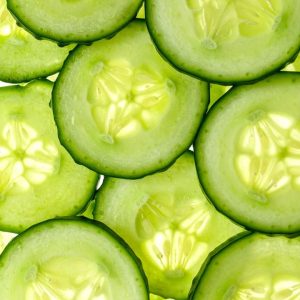
Have you ever cracked open an egg only to find a tiny red spot inside? If so, what was your reaction? Did you throw the egg away, or go ahead and use it anyway?
Many people are unsure about the safety of eggs with blood spots. In this article, we’ll explore why they appear, what they mean, and whether or not it’s safe to eat those eggs.
Is It Safe to Eat Eggs With Blood Spots?
Absolutely. Eggs that contain blood spots are still safe to eat, as long as they’re cooked properly. These spots are harmless and won’t cause any health issues. If you find them unappealing, you can simply remove the spot with a knife tip before cooking—this is purely for visual preference.
Sometimes, you might also spot brown meat specks in the egg white. These are tiny bits of tissue that attach to the egg as it travels through the hen’s oviduct. Like blood spots, they pose no health risk. However, if you notice that the egg white has a pink, red, or green tint, it’s best to toss the egg, as that could signal bacterial contamination.

How Often Do Blood Spots Show Up in Eggs?
Less than 1% of eggs contain blood spots, and you’re unlikely to find one in store-bought eggs. Commercial producers use a technique called candling—shining a light through the eggs—to identify and remove imperfect ones before they reach shelves. Although harmless, blood spots are usually filtered out because they might turn off consumers.
However, if you eat fresh eggs directly from a farm, you may see them more frequently. That’s because farm eggs don’t usually go through the same screening process. Brown eggs are also slightly more likely to have blood spots, since their darker shells make it harder to spot imperfections during candling.
What Causes Blood Spots in Eggs?
A common myth is that blood spots mean the egg has been fertilized—but that’s not true. These spots form when tiny blood vessels in the hen’s reproductive system burst during the formation of the egg.
If the blood spot appears in the yolk, it means bleeding occurred in the ovary when the yolk was released from the follicle. If it shows up in the egg white, the bleeding happened a bit later, while the egg was moving through the oviduct.

Proper Storage and Cooking Are Key
Whether or not an egg contains a blood spot, following correct storage and cooking practices is vital for food safety.
How to Store Eggs:
- Refrigerate store-bought eggs at all times.
- Farm-fresh eggs can be stored at room temperature, but should be kept in a cool, dark area.
- Discard eggs with cracked shells, as bacteria can easily enter through the cracks.
Cooking Tips:
- Always wash your hands before and after touching raw eggs.
- Cook eggs until both the yolk and white are solid.
- Avoid eating raw or undercooked eggs unless they’ve been pasteurized, as raw eggs can carry Salmonella.
- When transporting eggs, keep them chilled in a cooler or with an ice pack to maintain safe temperatures.
Spotting and Avoiding Foodborne Illness
Food poisoning caused by contaminated eggs can lead to nausea, diarrhea, stomach pain, muscle soreness, headaches, and fever. If you experience any of these symptoms, get medical help, rest, and stay hydrated. You should also consider reporting the incident to the FDA—it might be an isolated issue or part of a larger contamination.
By understanding the nature of blood spots and sticking to food safety guidelines, you can enjoy your eggs with confidence and peace of mind.





